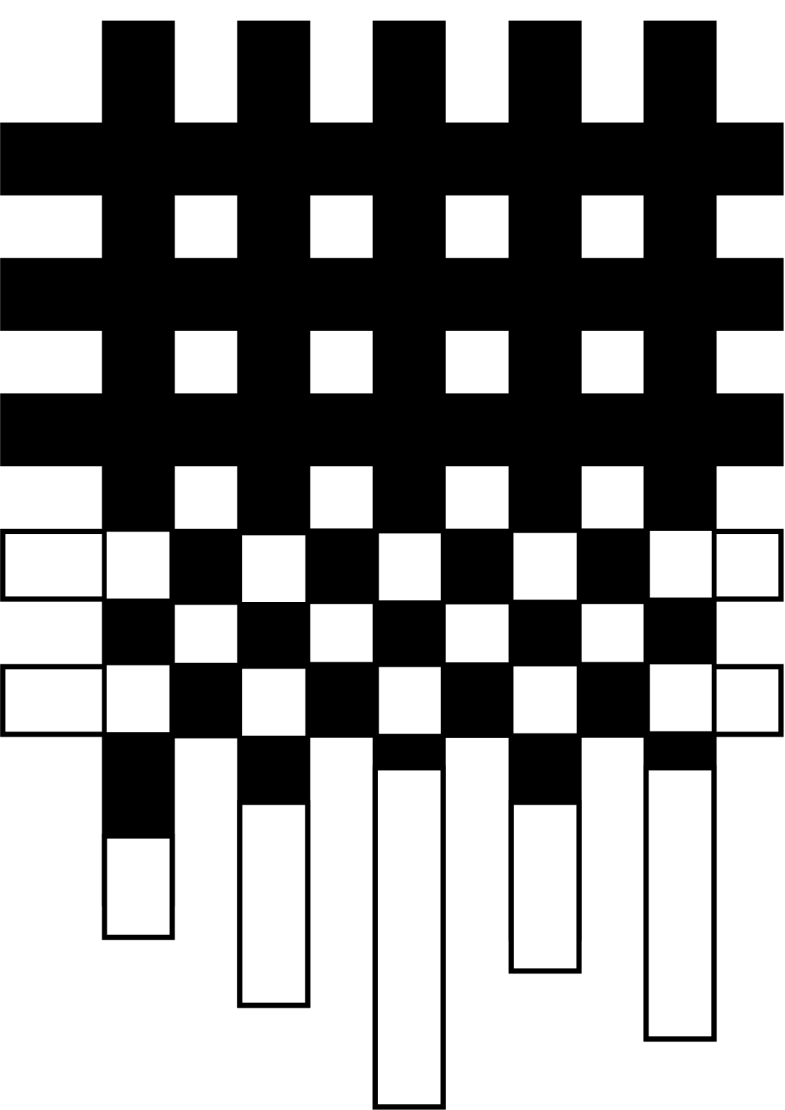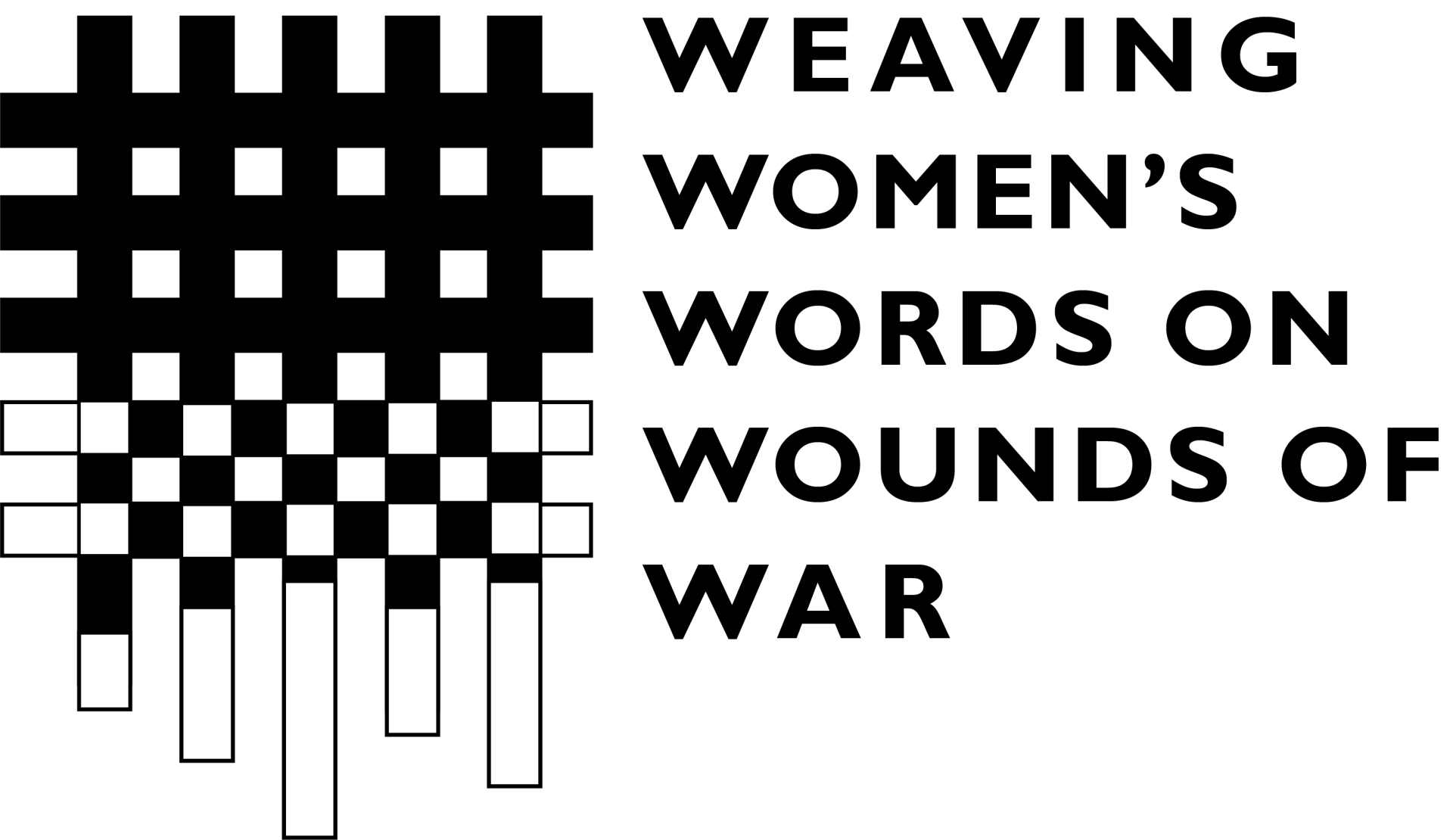
Palimbang's
thousand-fold grief:
Endurance
Palimbang's
thousand-fold grief:
Endurance
2022
Autobiographical recollection, masonry,
sandblasted engraving on stone, videography
and digital architectural rendering
Karl Castro (concept, concept development and artwork creation), Municipality of Palimbang (names of victims), Mohammad Piang, Ebok Mangakoy, Enrique Lison, Sr., Kamad Llana, Napisa Abdul, Omar Guiaman, Wareb Llana, Jamia lakim Lison and Marian Pastor Roces (concept and concept development), Sara Rivera (concept development), Eldry John Infante (architectural design and rendering), Hadja Maimona Abdul and Khomeini V. Manondog (liaisons), Paul Formaran (copy edit), Maricel Hilario-Patiño (project administration and anthropological insight), Maria Fe P. Quiroga (curatorial assistance), South Stone Works (stone engraving), Brandon Relucio and Vinzon James Trinidad (videography), Arnold Diano, Archie Opeña, Jaypee Gotera, Agnes Nantiza and Noralen Johnson (installation)
thousand
-fold
grief:
Endurance
Palimbang's
THE WOMEN WHO CAN SPEAK TODAY OF
THE EVENTS OF SEPTEMBER 1974
IN PALIMBANG, TODAY'S PROVINCE OF
SULTAN KUDARAT, HAVE A REGRAIN.
THE FOUR WOMEN WHO PARTICIPATED
IN THE WORKSHOP TO CREATE AN ARTWORK
ON THEIR EXPERIENCE AS YOUNG WOMEN
IMPACTED BY THE ATROCITIES,
WERE UNINCLINED TO DIFFERNTIATE
THEIR RECOLLECTIONS ON A GENDER BASIS.
THIS IDEAL OF UNITY EMERGES FROM
A CULTIVATED SENSIBILITY THAT
KEEPS FAITH WITH PRE-ISLAMIC
AND ISLAMIC-ANIMIST RITUALS PRESIDING
OVER LIFE AND DEATH IN THE
SULU ARCHIPELAGO.

A MASS GRAVE MARKER ERECTED BY THE PALIMBANG COMMUNITY TO MARK WHERE THE VICTIMS OF THE 1974 MASSACRE ARE BURIED.
EXTERIOR VIEW OF THE MOSQUE WHERE THE PEOPLE OF PALIMBANG WERE GATHERED AND KILLED IN 1974.
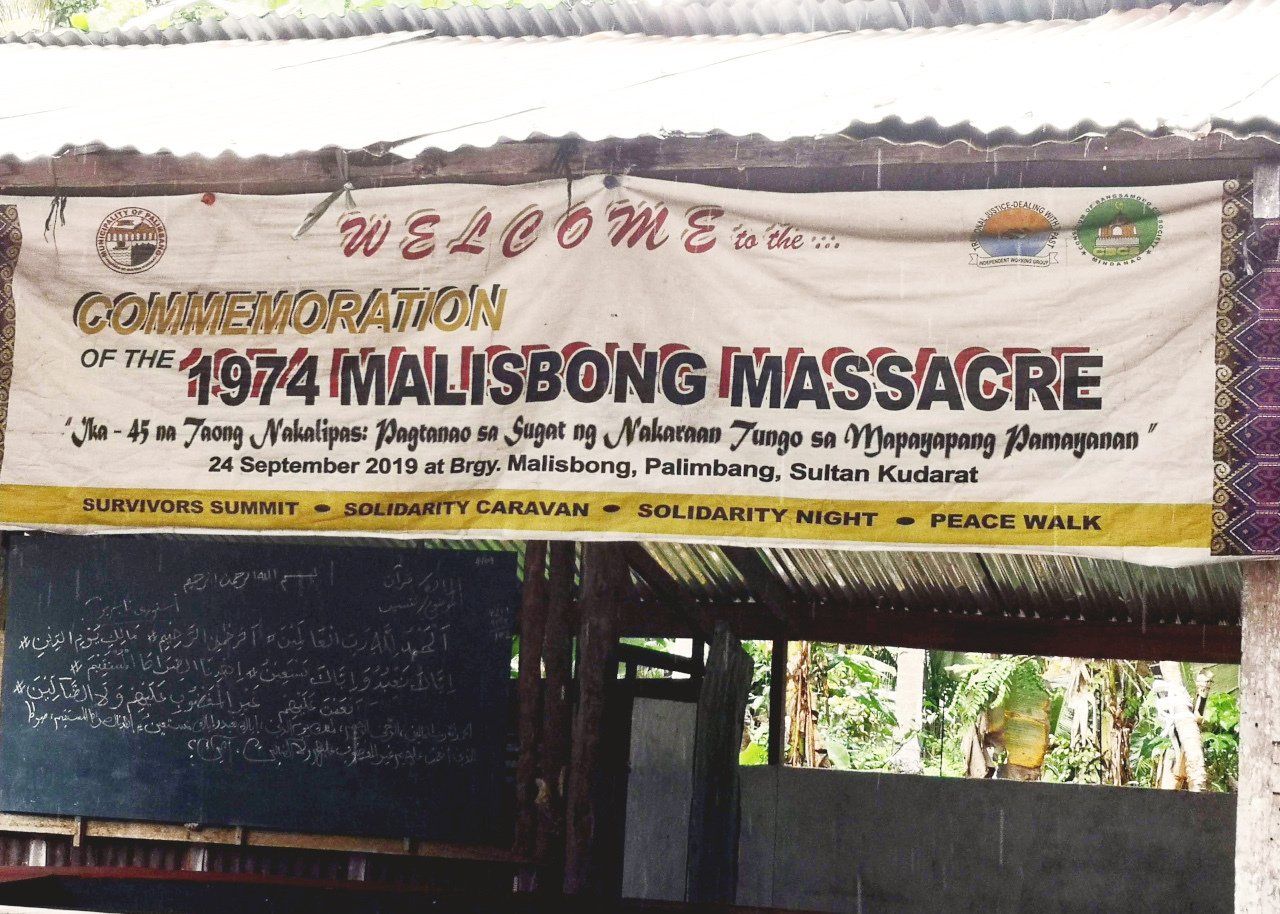
THEY DEMAND RECOGNITION
not only of the massacre of more than
a thousand residents of their village at
the hands of the Armed Forces of
the Philippines, but moreover of
the unevenness of restitution to the victims.
THEY REITERATED THE HUNGER
ON THE PHILIPPINE NAVY SHIP,
ENDURED BY WOMEN AND
CHILDREN; AND CONFIRMED RAPES.
NONETHELESS, THEY ARE FOCUSED
ON THE MEMORIALIZATION OF
THE DEATHS OF ALL.
thousand
-fold
grief:
Endurance
Palimbang's
THE WOMEN WHO CAN SPEAK
TODAY OF THE EVENTS OF SEPTEMBER 1974 IN PALIMBANG, TODAY'S PROVINCE OF SULTAN KUDARAT, HAVE A REGRAIN.
THE FOUR WOMEN WHO PARTICIPATED
IN THE WORKSHOP TO CREATE
AN ARTWORK ON THEIR EXPERIENCE
AS YOUNG WOMEN IMPACTED
BY THE ATROCITIES, WERE UNINCLINED
TO DIFFERENTIATE THEIR RECOLLECTIONS
ON A GENDER BASIS.

A MASS GRAVE MARKER ERECTED BY THE PALIMBANG COMMUNITY TO MARK WHERE THE VICTIMS OF THE 1974 MASSACRE ARE BURIED.
EXTERIOR VIEW OF THE MOSQUE WHERE THE PEOPLE OF PALIMBANG WERE GATHERED AND KILLED IN 1974.

THEY DEMAND RECOGNITION
not only of the massacre of more than
a thousand residents of their village at
the hands of the Armed Forces of
the Philippines, but moreover of
the unevenness of restitution to the victims.
THEY REITERATED THE HUNGER
ON THE PHILIPPINE NAVY SHIP,
ENDURED BY WOMEN AND
CHILDREN; AND CONFIRMED RAPES.
NONETHELESS, THEY ARE FOCUSED
ON THE MEMORIALIZATION OF
THE DEATHS OF ALL.
These small polychromatic,
plain-woven mats
are used universally in the Sulu archipelago for the pause to pray,
many times a day,
as prescribed by Islam. It may be said that mats in general—traditionally used for the most mundane passages of daily life—also accompanied many Sulu peoples in major passages such as
birth and death,
and therefore the use in Islam
represents an intersection
between global and local realms.
Mats used for prayer
Tusug (but similar ones used by Sama speakers)
Plain weave
Dyed pandanus strips
Gift from Mucha Shim Quiling
The artwork presented in
this exhibition is the design and
fabrication of the greater part of
a recommended physical memorial that
may be permanently installed in
Palimbang in due corse.
As indicated by the survivors
this project collaborated with,
the memorial will have
to constitute a wall integrated with
Tacbil Mosque itself, where not only
the mass murder occurred, but where,
in adjacent ground, the mass grave of
hundreds remains.
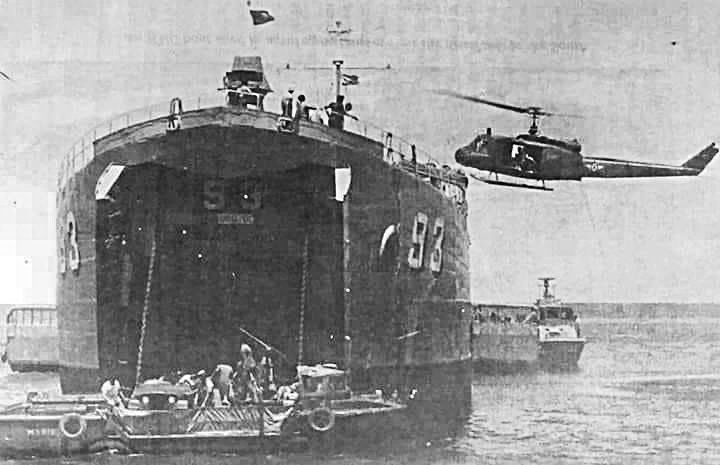

THE TANK LANDING SHIP RPS MINDORO OCCIDENTAL.
IT WAS TRANSFERRED FROM THE US NAVY TO THE PHILIPPINE NAVY IN 1972.
THE WOMEN OF THE PALIMBANG COMMUNITY.
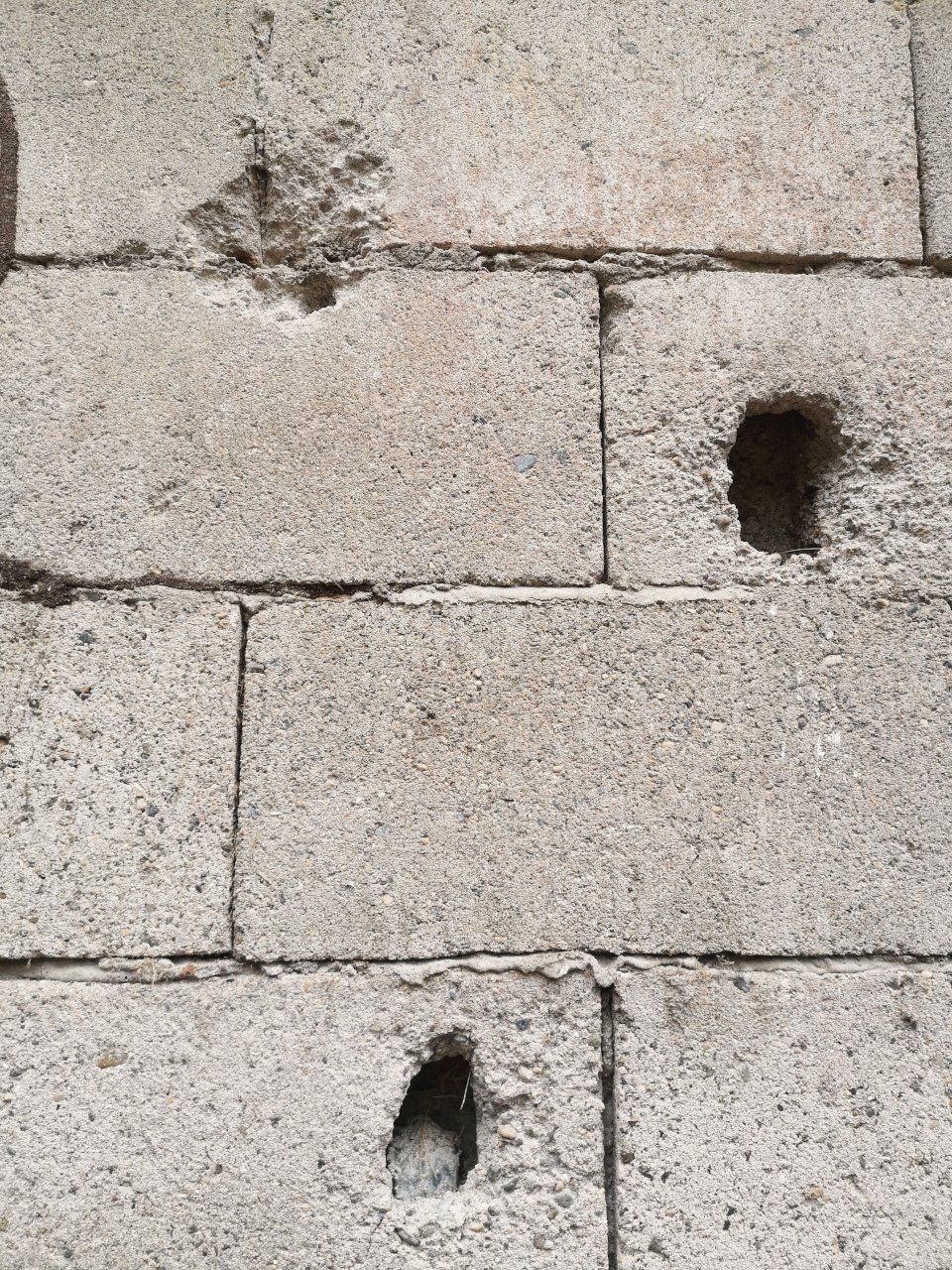
BULLET HOLES ON THE FACADE OF THE MOSQUE ILLUSTRATE THE POWER OF FIREARMS USED AGAINST THE PEOPLE OF PALIMBANG IN 1974. THESE HAVE BEEN LEFT UNTOUCHED AS REMINDERS OF THE INCIDENT.
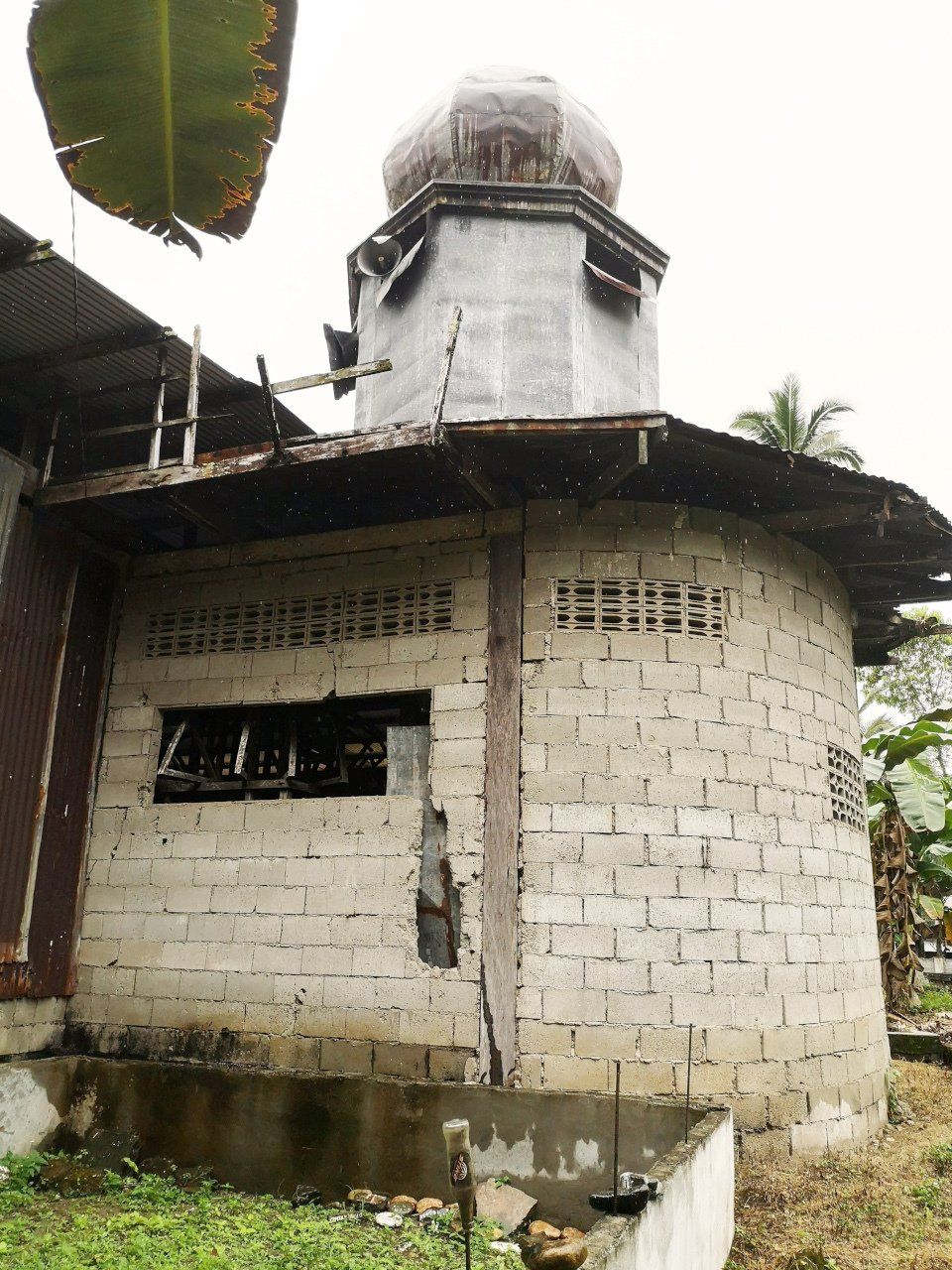
EXTERIOR VIEW OF THE MOSQUE WHERE THE PEOPLE OF PALIMBANG WERE GATHERED AND KILLED IN 1974.
SUBJECTED TO EXTREME
PUNISHMENT BY AN ARMY
THAT NEARLY LOST THE WAR
TO THE EARLY
SECESSIONIST MOVEMENT,
THE MORO NATIONAL
LIBERATION FRONT (MNLF), THE PALIMBANG VILLAGERS
WHO SURVIVED
ARE DETERMINED,
SO TO SPEAK,
TO KEEP THE GHOSTS
OF THE DEAD ALIVE.
SUBJECTED TO EXTREME
PUNISHMENT BY AN ARMY THAT
NEARLY LOST THE WAR TO
THE EARLY SECESSIONIST MOVEMENT,
THE MORO NATIONAL LIBERATION
FRONT (MNLF), THE PALIMBANG
VILLAGERS WHO SURVIVED
ARE DETERMINED, SO TO SPEAK,
TO KEEP THE GHOSTS
OF THE DEAD ALIVE.
In the vicinity of Tacbil Mosque,
where the larger (although not
yet fully counted) number
perished to machine gun fire
and lobbed grenades,
the sentiments of the residents
cohere around keeping
the mosque as is, with the marks
of the firepower; with the marks
of blood where bodies piled up.
The community suffered
individually and collectively.
Both levels of agony co-existed,
as they do today.
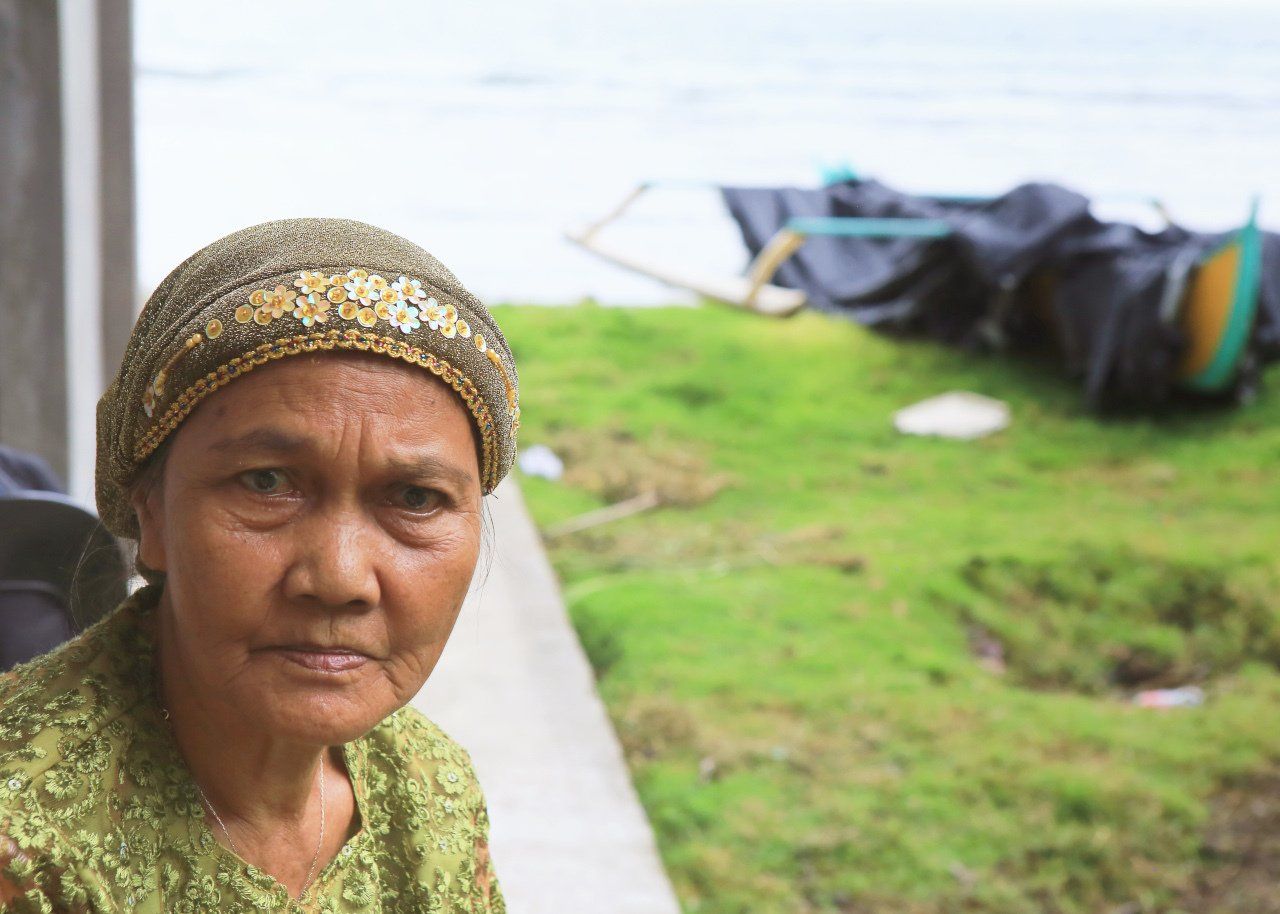
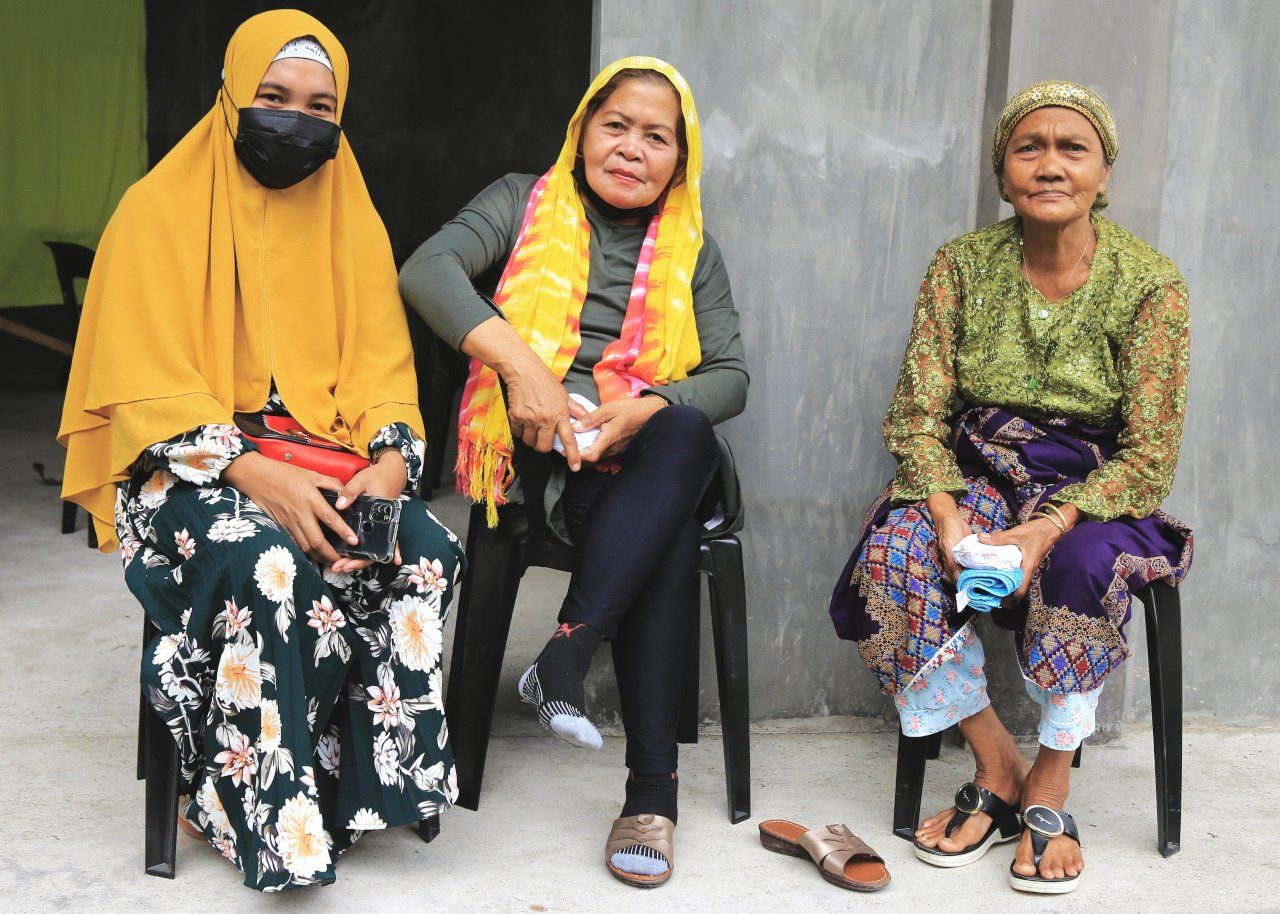
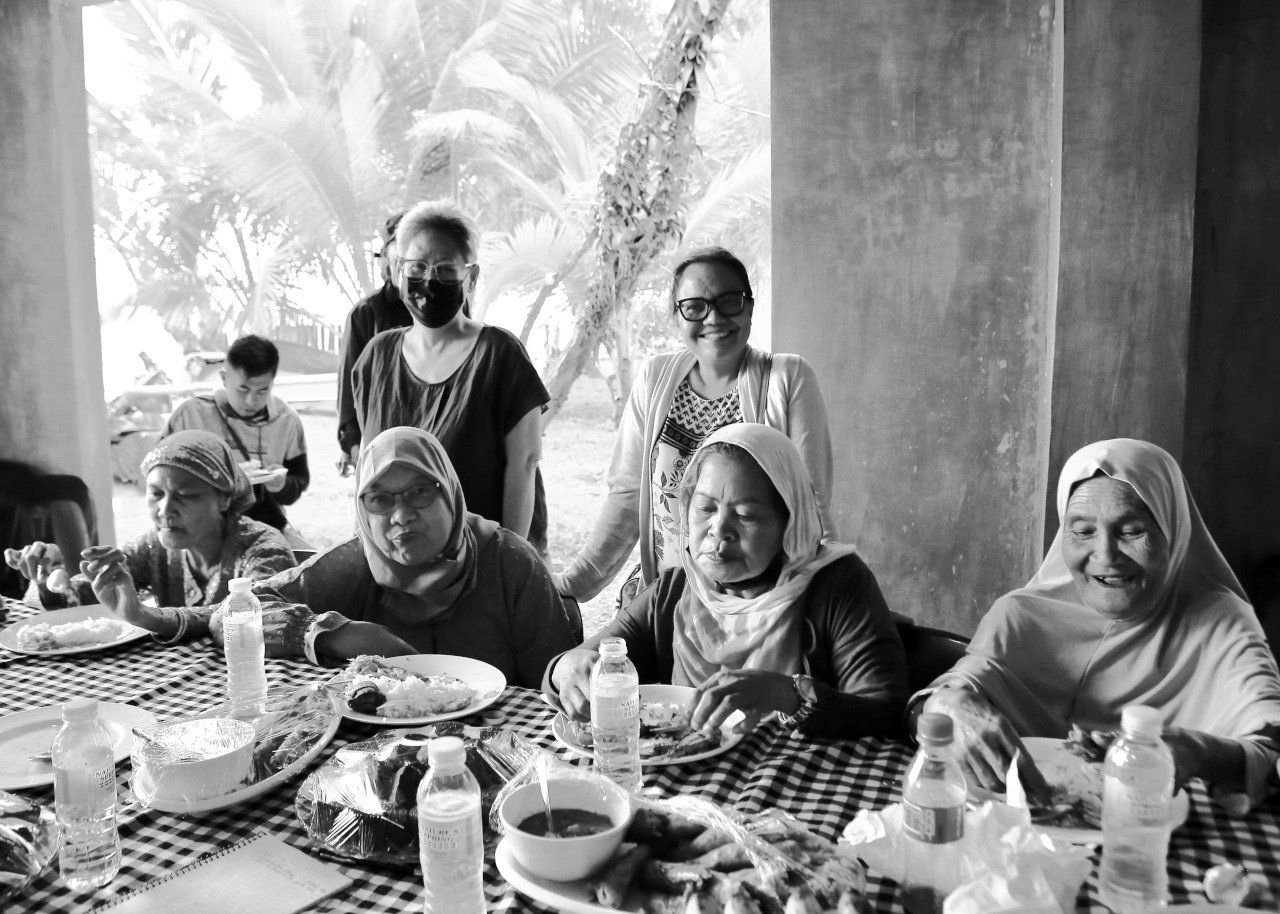
CURATOR MARIAN PASTOR ROCES (STANDING LEFT) AND PROJECT OFFICER MARICEL P. HILARIO-PATIÑO (STANDING RIGHT) WITH THE WOMEN OF PLIMBANG, TAKING A LUNCH BREAK FROM A CURATORIAL MEETING.
CONNER APAYAO
BALBALAN
BALENCIAGO MASS BASE
TOMIANGAN
NAPOCOR CAMP
NANENG MASS BASE
CAGALUAN MASS BASE
TANAP MASS BASE
MALUCUSOD MASS BASE
BASAO MASS BASE
BATONG BUHAY MASS BASE
MOUNT BINULUAN
HELD THE CORDILLERA
MASS PLENUM IN 1984
PLANNING OF SPLIT
MOUNT BINULUAN SIKUU'
MALLANGA
SUMADEL MASS BASE
PAY-ONG BANGAD
FULISONG BANGAD
BANGAD MASS BASE
TINGLAYAN
DANANAO MASS BASE.
MARKS BY JUANITA CHULSI AND
JUANITA D. CABABA
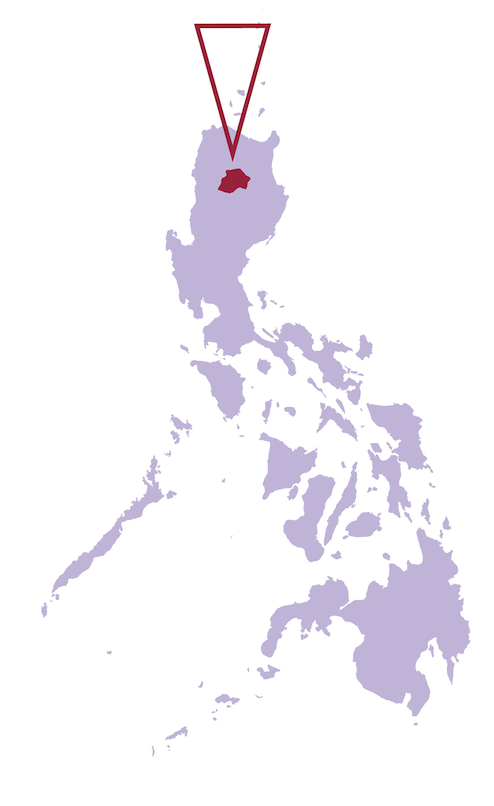
BITUAGAN
SADANGA
BELWANG MASS BASE
BUGNAY
BUGNAY GATE
MOUNTAIN BETWEEN
BASAO AND BUGNAY
BASAO
CHICO RIVER
NGIBAT
BUTBUT PROPER
LOCCONG
BUSCALAN
MOUNT CHUMANCHIL.
A
B
C
D
E
F
G
H
I
J
K
L
M
A
B
C
D
E
F
G
H
I
J
K
L
M
N
O
P
Q
R
S
T
MARKS BY TINA BALWEG,
CAROLYN GAMBOA AND
MANDING TAYAB
THE 1974 MASSACRE IN PALIMBANG WAS ONLY ONE EVENT IN WHAT WAS LIKELY
A THREE-MONTH ORDEAL THAT THE SEASIDE LOCALE WITNESSED. EARLIER STUDIES
HAD DULY DESCRIBED HOW ARMED FORCES SEPARATED THE LOCALS:
MEN TO THE MOSQUE FOR SLAUGHTER; WOMEN AND CHILDREN
TO THE NAVAL LANDING SHIP SHORT-HANDEDLY CALLED "MINDORO".
In Mindoro, adrift the Sulu Sea, the women and children were held
for what they estimate to be a month. There are recollections of rape,
forced marriages, an outbreak of measles, psychological violence and torture,
extreme hunger, and ultimately, an uncountable number of deaths.
Bodies were thrown overboard. Upon return to land, surviving children
buried the dead. Some were put in sacks and set to drift out from the shore.
This map illustrates a portion of the horror.
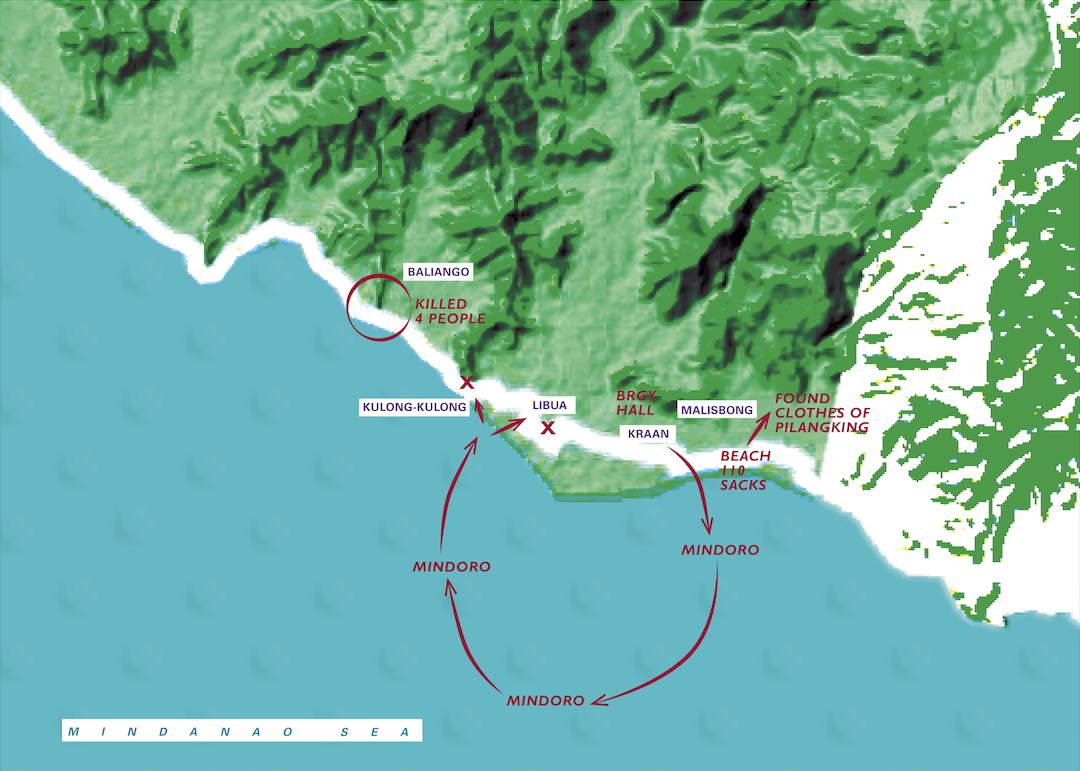
Palimbang
Sultan Kudarat
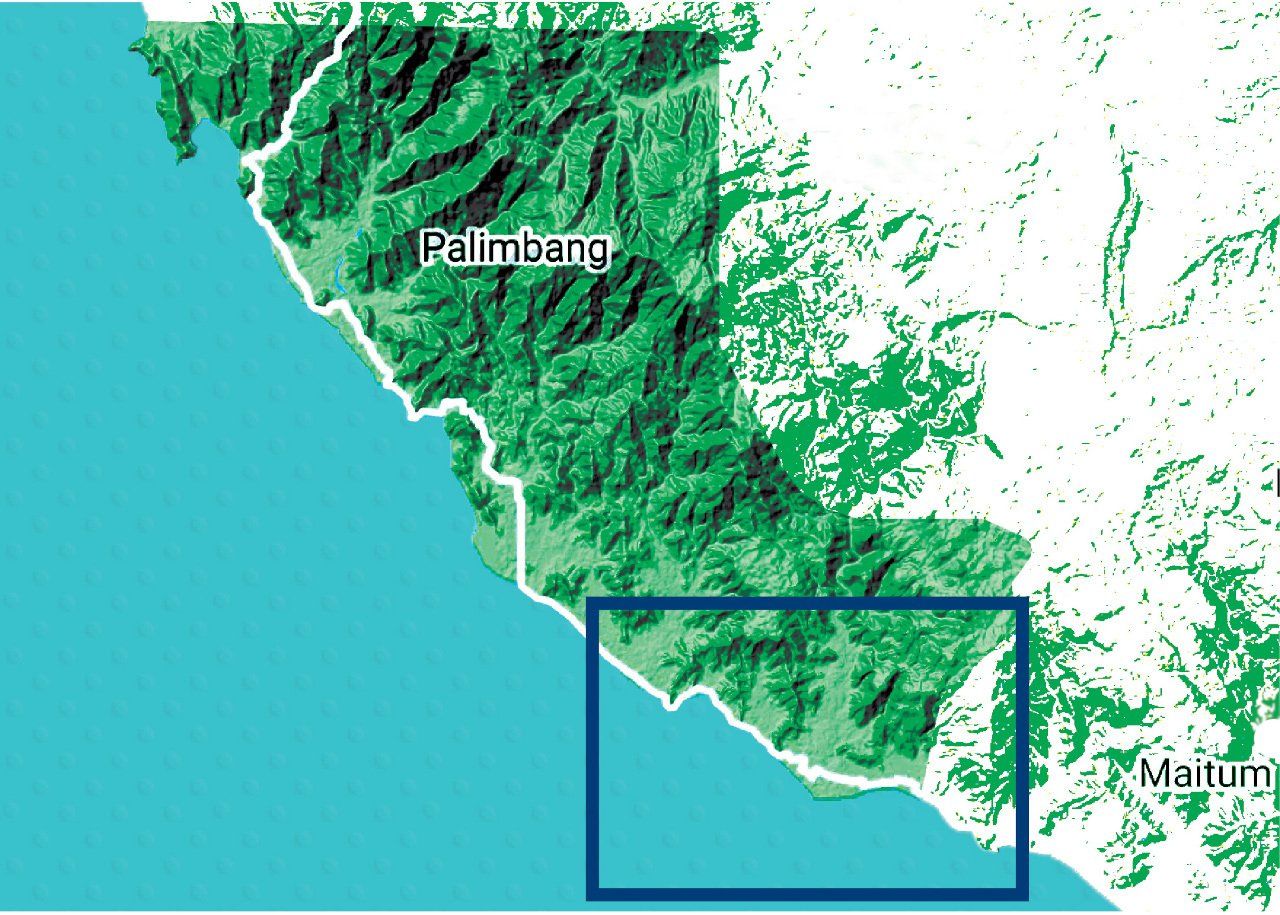
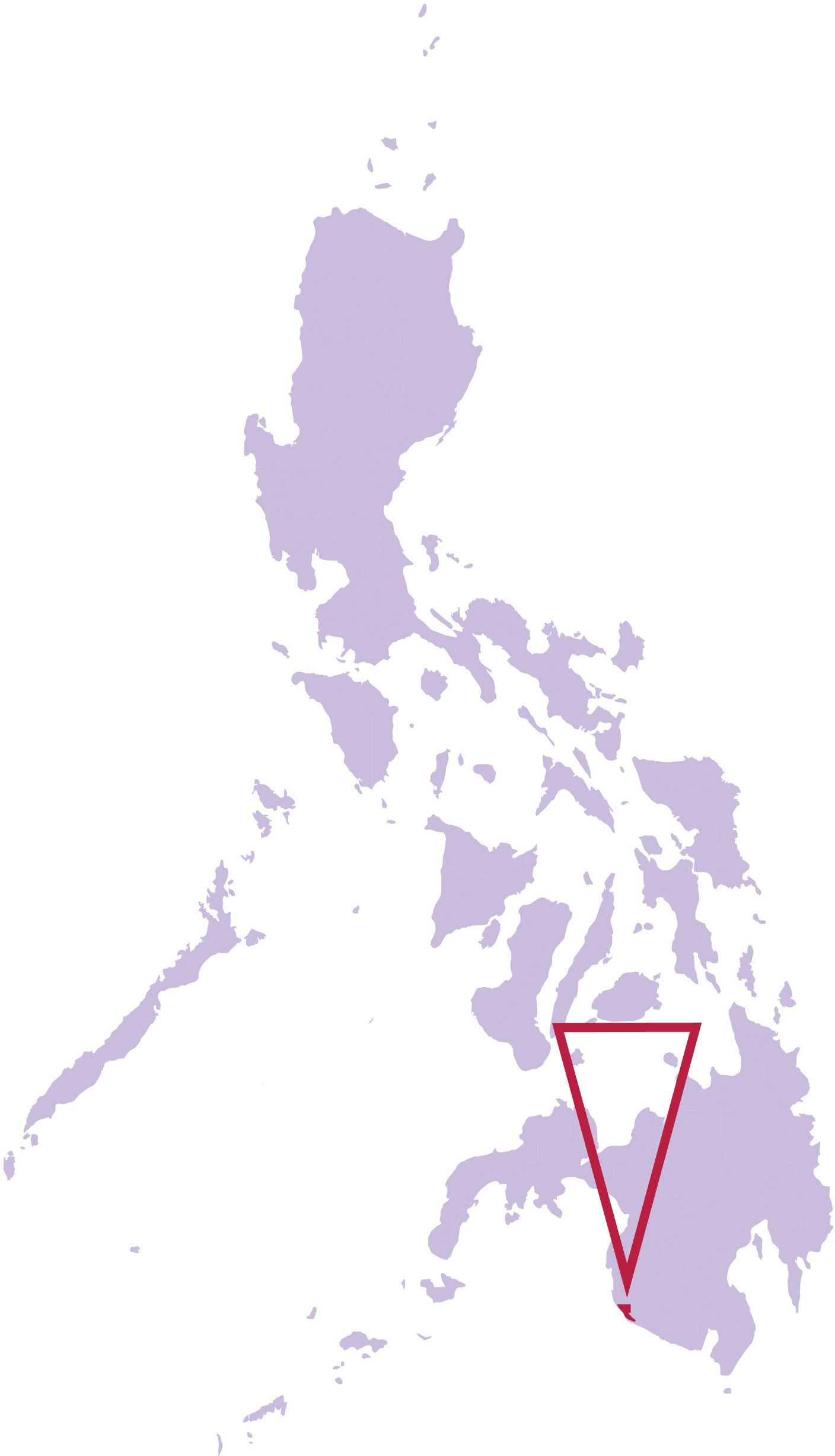
All Rights Reserved | Weaving Women's Voices
